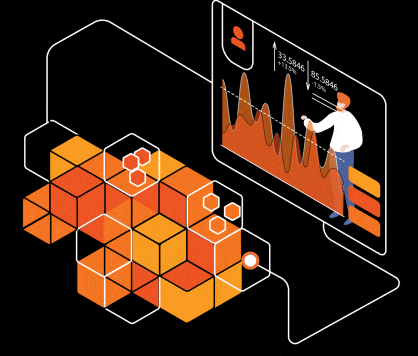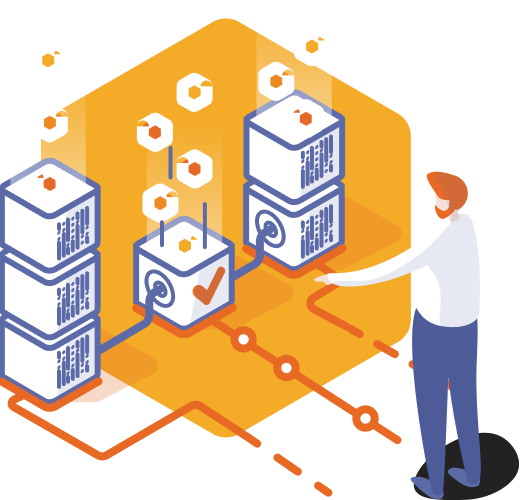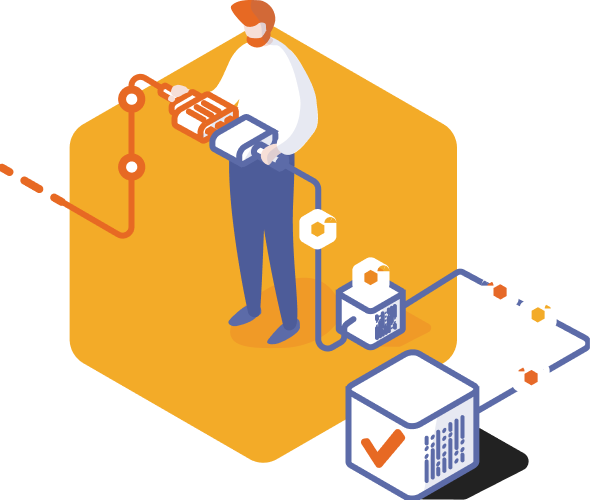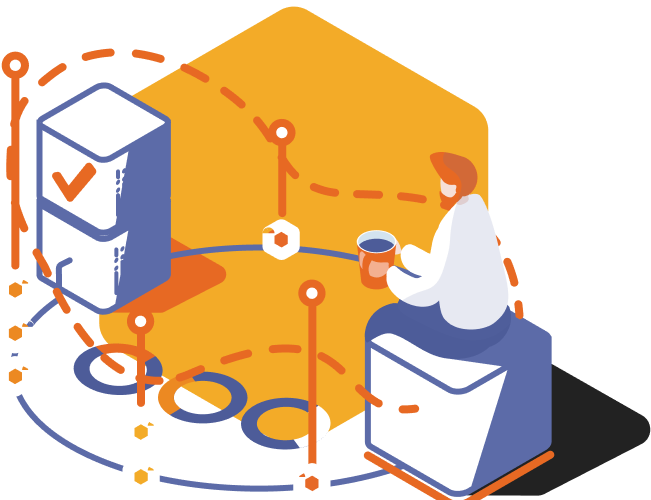Money stays in your
brokerage account at all times.
Start and stop
at any time.
We are a U.S.-regulated
company, based in New York.

Typically, alternative investments tell you how much money they’ve “raised.” They tout their “assets under management.” At Collective2, your money never leaves your brokerage account. So, instead, we show off about how much capital has been “connected” to Collective2 by investors like you.





Choose strategies. Stick in brokerage account. Rinse. Repeat.
Strategies are developed by quants, or traders, or weird geeks in their parents’ basement. Anyone can have their strategy tracked by Collective2. We let results speak for themselves. You can select as many strategies as you feel comfortable with.


Unlike hedge funds and other old-style “alternative” investments, you don’t hand over your money to anyone. Certainly not to us. Your money stays inside your brokerage account at all times. You “turn on” a strategy inside your brokerage account.
You know how hedge funds, and real-estate partnerships, and angel investments report results to you once per month, or even once per quarter? Yeah, that’s pretty dumb. With Collective2, you can watch trades as they happen inside your brokerage account. We take transparency to the next level.

Money stays in your
brokerage account at all times.
Start and stop
at any time.
We are a U.S.-regulated
company, based in New York.
Collective2 offers automated strategies that trade stocks, options, futures, and forex.
One thing we hate about hedge funds: they charge a percentage of any profits they generate. We don’t. Every strategy at C2 can be rented for a flat monthly fee. If a strategy generates profits, you pay $0 extra.
Another thing we hate about hedge funds: when you want your money returned to you, you need to ask for it. And sometimes the hedge fund doesn’t return it right away. At Collective2, you never ask for your money. That’s because it always stays inside your brokerage account.
Some strategies on Collective2 can be traded with as little as a few thousand dollars. Many are tradable with between $10,000 or $30,000.
We show you all the results of all the strategies tracked by Collective2. Some are good. Some are stinky. You choose which strategies to turn on inside your brokerage account.
If you find a strategy you like, turn it on instantly. Decide you don’t like it? Turn it off instantly. Mix multiple strategies together. You’re in charge.
You can start browsing C2 strategies for free.
Put your strategy on the Collective2 platform. Run your own hedge fund without… um, starting a hedge fund. No heartache. No hassle. Get up and running in minutes, not months.
Learn MoreMaybe you’ve heard about those Silicon Valley companies that “move fast and break things.” Or who: “Ask forgiveness, not permission.”
We’re not like that. We’ve been around since 2001. We try to step lightly. We try not to break things. We are based in the United States. Collective2 and its affiliate Trade Integration LLC are registered with the CFTC respectively as a CTA and an IIB. We have been members of the NFA since 2008. Of course this does not mean our customers won’t lose money. But it does mean we are a company that tries to comply with the rules and regulations that were put in place to offer investors confidence in American financial markets.